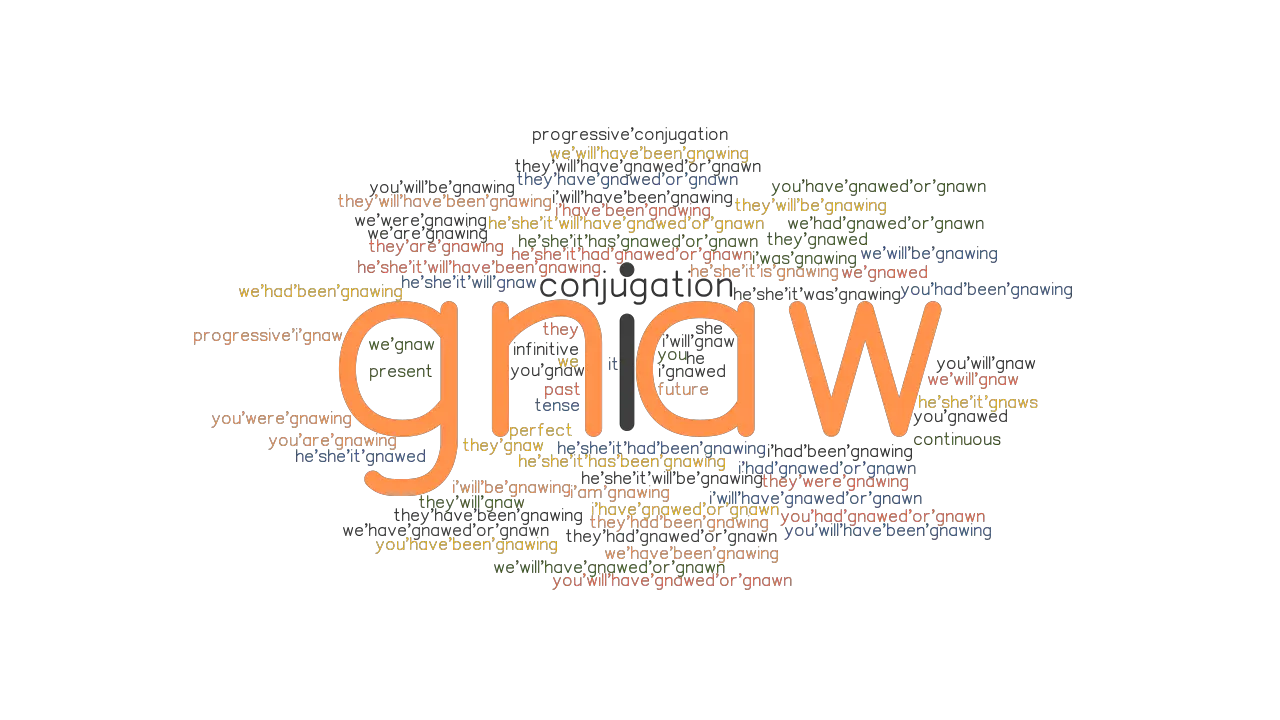When it comes to exploring the world of gnaw it alls, there's a lot more to discover than meets the eye. This intriguing topic has captured the imagination of enthusiasts worldwide, offering a fascinating insight into an often overlooked yet vital aspect of our natural world. Whether you're a nature lover, researcher, or simply curious, this comprehensive guide will take you on a deep dive into everything gnaw it alls.
Gnaw it alls represent a critical component of ecosystems, playing a pivotal role in maintaining ecological balance. Understanding their behavior, habitats, and interactions with the environment is essential for anyone interested in conservation and wildlife management. This article aims to shed light on the complexities surrounding gnaw it alls, providing you with valuable insights that are both informative and actionable.
As we delve deeper into this topic, you'll uncover the science behind gnaw it alls, their impact on ecosystems, and practical ways to engage with them responsibly. Let's embark on this journey together and uncover the secrets of gnaw it alls!
Read also:Hannah Owoleaks Unveiling The Truth Behind The Controversy
Table of Contents
- Introduction to Gnaw It Alls
- Biology and Anatomy
- Habitat and Distribution
- Diet and Feeding Habits
- Behavioral Patterns
- Ecological Importance
- Conservation Efforts
- Threats and Challenges
- Management Strategies
- Future Outlook
Introduction to Gnaw It Alls
What Are Gnaw It Alls?
Gnaw it alls refer to a diverse group of organisms characterized by their unique ability to chew through various materials. While primarily associated with rodents, the term can also apply to other species that exhibit similar behaviors. These creatures are essential components of ecosystems, influencing nutrient cycles and habitat structures.
According to the International Union for Conservation of Nature (IUCN), gnaw it alls play a crucial role in maintaining biodiversity. Their activities help shape landscapes, promote seed dispersal, and regulate insect populations, making them vital for ecosystem health.
Why Are They Important?
Understanding gnaw it alls is essential for several reasons:
- They contribute to soil aeration and fertility.
- They assist in controlling pest populations.
- They serve as prey for many predators, supporting food chains.
- They influence plant growth and distribution patterns.
Biology and Anatomy
Unique Physical Features
Gnaw it alls possess several distinctive anatomical features that enable their chewing capabilities. Their incisors, which grow continuously, are self-sharpening and highly durable. This adaptation allows them to gnaw through hard materials like wood, plastic, and even metal in some cases.
Research published in the Journal of Mammalogy highlights the remarkable efficiency of gnaw it alls' dental structures. Their enamel composition and tooth arrangement provide unparalleled strength and precision, essential for their survival in diverse environments.
Habitat and Distribution
Gnaw it alls inhabit a wide range of ecosystems, from dense forests to urban settings. Their adaptability enables them to thrive in various climates and conditions, making them one of the most widespread animal groups worldwide.
Read also:Declan James Mcmahon A Rising Star In The World Of Entertainment
Habitat Preferences
While some species prefer specific habitats, such as burrows or trees, others are more opportunistic. Urban gnaw it alls, for instance, have adapted to living alongside humans, often finding shelter in buildings and accessing food sources like garbage.
Diet and Feeding Habits
The diet of gnaw it alls varies depending on the species and environment. Most consume a mix of plant matter, insects, and occasionally small vertebrates. Their ability to digest cellulose gives them a competitive advantage in resource-limited areas.
Feeding Techniques
Gnaw it alls employ sophisticated feeding strategies to maximize nutrient intake. They often cache food for later use, ensuring survival during lean periods. This behavior demonstrates their intelligence and adaptability.
Behavioral Patterns
Social Structures
Many gnaw it all species exhibit complex social behaviors, forming colonies or family groups. These structures facilitate cooperation in tasks such as foraging, defense, and raising offspring. Studies conducted by the Wildlife Conservation Society emphasize the importance of social bonds in enhancing survival rates.
Communication Methods
Communication among gnaw it alls involves a combination of vocalizations, body language, and scent marking. These methods enable them to convey information about territory, food sources, and potential threats, ensuring efficient coordination within their communities.
Ecological Importance
Gnaw it alls significantly impact ecosystems through their activities. By modifying habitats and influencing species interactions, they contribute to ecological stability and resilience.
Role in Ecosystem Services
Some key contributions of gnaw it alls to ecosystem services include:
- Promoting plant regeneration through seed dispersal.
- Enhancing soil quality through burrowing activities.
- Controlling insect populations that could otherwise harm crops.
Conservation Efforts
Current Initiatives
Various organizations and governments have implemented conservation programs aimed at protecting gnaw it all populations. These initiatives focus on habitat preservation, reducing human-wildlife conflict, and promoting sustainable practices.
For example, the World Wildlife Fund (WWF) works closely with local communities to develop strategies that balance conservation goals with economic needs. Their efforts have led to significant improvements in habitat quality and species recovery.
Threats and Challenges
Despite their ecological importance, gnaw it alls face numerous threats, including habitat loss, climate change, and human persecution. Addressing these challenges requires a collaborative approach involving researchers, policymakers, and the public.
Human-Wildlife Conflict
Conflict between humans and gnaw it alls often arises due to perceived damage to property or crops. However, many experts argue that these issues can be mitigated through education and the implementation of non-lethal management techniques.
Management Strategies
Effective management of gnaw it all populations involves a combination of preventative measures and targeted interventions. By adopting integrated pest management (IPM) principles, stakeholders can minimize negative impacts while preserving ecological benefits.
Preventative Measures
Some recommended preventative measures include:
- Sealing entry points to buildings.
- Properly storing food and waste materials.
- Implementing landscaping practices that discourage colonization.
Future Outlook
As global environmental challenges continue to evolve, understanding and managing gnaw it alls will become increasingly important. Advances in technology and research offer promising opportunities for improving conservation outcomes and promoting coexistence with these vital creatures.
In conclusion, gnaw it alls represent a fascinating and critical component of our natural world. By deepening our knowledge of their biology, behavior, and ecological roles, we can better appreciate their significance and develop effective strategies for their protection.
Kesimpulan
This comprehensive exploration of gnaw it alls has illuminated their essential contributions to ecosystems and the challenges they face. As we move forward, it's crucial to prioritize conservation efforts and responsible management practices to ensure their survival.
We invite you to share your thoughts and experiences with gnaw it alls in the comments below. Additionally, consider exploring other articles on our site to expand your understanding of related topics. Together, we can make a difference in preserving the incredible diversity of life on our planet!


